Living heritage from artifacts to community memories
The exhibition “National Treasures - Heritage Masterpieces in Ho Chi Minh City” at the Ho Chi Minh City Museum of History has made an impression not only in the number of rare artifacts, but also in the form of organization: For the first time, national treasures being kept in both public and private museums appeared together in a common space.
Exhibition space for 17 national treasures at the Ho Chi Minh City Museum of History.
According to Dr. Hoang Anh Tuan - Director of the Ho Chi Minh City Museum of History, this is a large-scale and meaningful exhibition. “We introduce 17 national treasures, creating a comprehensive picture of Vietnamese history from prehistoric to modern times. Among them are 4 artifacts of Champa culture, 8 Oc Eo artifacts and other typical artifacts. Having the Dong Son ceramic pot - a treasure contributed by a private ceramic museum helps to complete the heritage flow.”
The Dong Son ceramic steamer is made from clay baked at a temperature of about 900°C, dating back about 2,000 - 2,500 years, and is a traditional utensil used to cook sticky rice or steam food. This is the most intact, largest and most harmonious steamer in shape among the artifacts of the same type discovered. Notably, this artifact was collected, preserved by actor and collector Pham Gia Chi Bao and was recognized as a national treasure in December 2024.
Mr. Chi Bao - founder of the exhibition space of the Nation Building Ceramic Museum, which currently owns more than 1,000 artifacts, of which more than 400 are currently on display, shared: "I like to collect ceramics because I love their rustic and graceful appearance. Every time I bring home an artifact representing a culture, I am very happy and I always want to introduce and spread the history and culture of the nation to young people."
A private collector's ceramic pot treasure is present with other national treasures in the solemn space of a public museum. Mr. Chi Bao called this "a great honor to continue the journey with state museums in maintaining the vitality of artifacts and bringing many values to the public".
The exhibition of 17 treasures is not only a museum event, but also a strong message: national memories cannot be kept in archives but need to be told, shared and lived with the community.
In that flow, another notable example is the family of the late Lawyer Ngo Ba Thanh who donated to the Ho Chi Minh City War Remnants Museum a roneo print of the international appeal to support Vietnam in the resistance war. This artifact clearly demonstrates the spirit of preserving memories as a mission of the people. Ms. Ngo Thi Phuong Thien - the daughter of the late Lawyer, currently the General Secretary of the Ho Chi Minh City Peace Committee shared: "I believe that these documents will help the public, especially the younger generation, better understand the value of peace, which does not come naturally, but must be exchanged for many sacrifices of previous generations."
New model for urban heritage preservation
From a donated artifact to a non-public museum space, private museums are showing an increasingly important role in preserving, restoring and disseminating cultural heritage.
Mr. Pham Gia Chi Bao, Director of the Museum of Ceramics of the Nation's Construction Period, shared his enthusiasm for accompanying the preservation of heritage.
According to statistics from the Department of Culture and Sports of Ho Chi Minh City, in the first 6 months of 2025, the city had 30 thematic exhibitions and 66 mobile exhibitions, attracting nearly 46,000 visitors. Many of these were organized with the participation of non-public organizations: Antique Association, artist groups, schools, and private collectors. These collaborations are contributing to diversifying the exhibition content, expanding the audience, and innovating the approach to heritage.
Mr. Nguyen Minh Nhut - Deputy Director of the Department of Culture and Sports of Ho Chi Minh City commented:
“Heritage does not lie dormant in archives or glass cabinets. Heritage needs to live with the community. Collaborative models between museums and collectors, social organizations, and traditional families are ways to enrich the city’s cultural life, while creating opportunities for the younger generation to approach history in a more vivid and intimate way.”
Ho Chi Minh City is currently promoting policies to socialize museums, including: supporting qualified private spaces to join the conservation system; encouraging the donation of artifacts; promoting mobile exhibitions; and applying digital technology to innovate heritage storytelling.
In addition, public museums are also becoming more proactive in connecting and sharing resources. Dr. Hoang Anh Tuan said: “The participation of Mr. Chi Bao’s private ceramic museum with the Ho Chi Minh City Museum of History has vividly demonstrated the socialization of heritage. This is not just an exhibition, but a sign that heritage can become a material connecting generations, if we join hands.”
Private museums, if properly recognized, can become an extension of the public system. There, passion and expertise, creative freedom and management framework go hand in hand to create a dynamic heritage ecosystem, closer to the public, especially young people. Not only stopping at exhibitions, private museums such as the National Ceramic Museum also proactively expand their functions to serve education and research.
“We are planning to organize experiential programs for students to help them better understand ancient ceramics and Vietnamese history. In addition, the museum will coordinate with universities and museums at home and abroad to develop research materials for teaching and archaeology,” said Mr. Chi Bao.
From a ceramic pot over 2000 years old to old roneo prints, from state museums to private collections, artifacts are “speaking up” strongly in the cultural life of Ho Chi Minh City. And that voice becomes far-reaching when it is resonated by two hands, one of the state and one of the people, together preserving, recounting and transmitting.
According to VNA
Source: https://baoangiang.com.vn/cu-bat-tay-cong-tu-trong-hanh-trinh-gin-giu-di-san-a424359.html


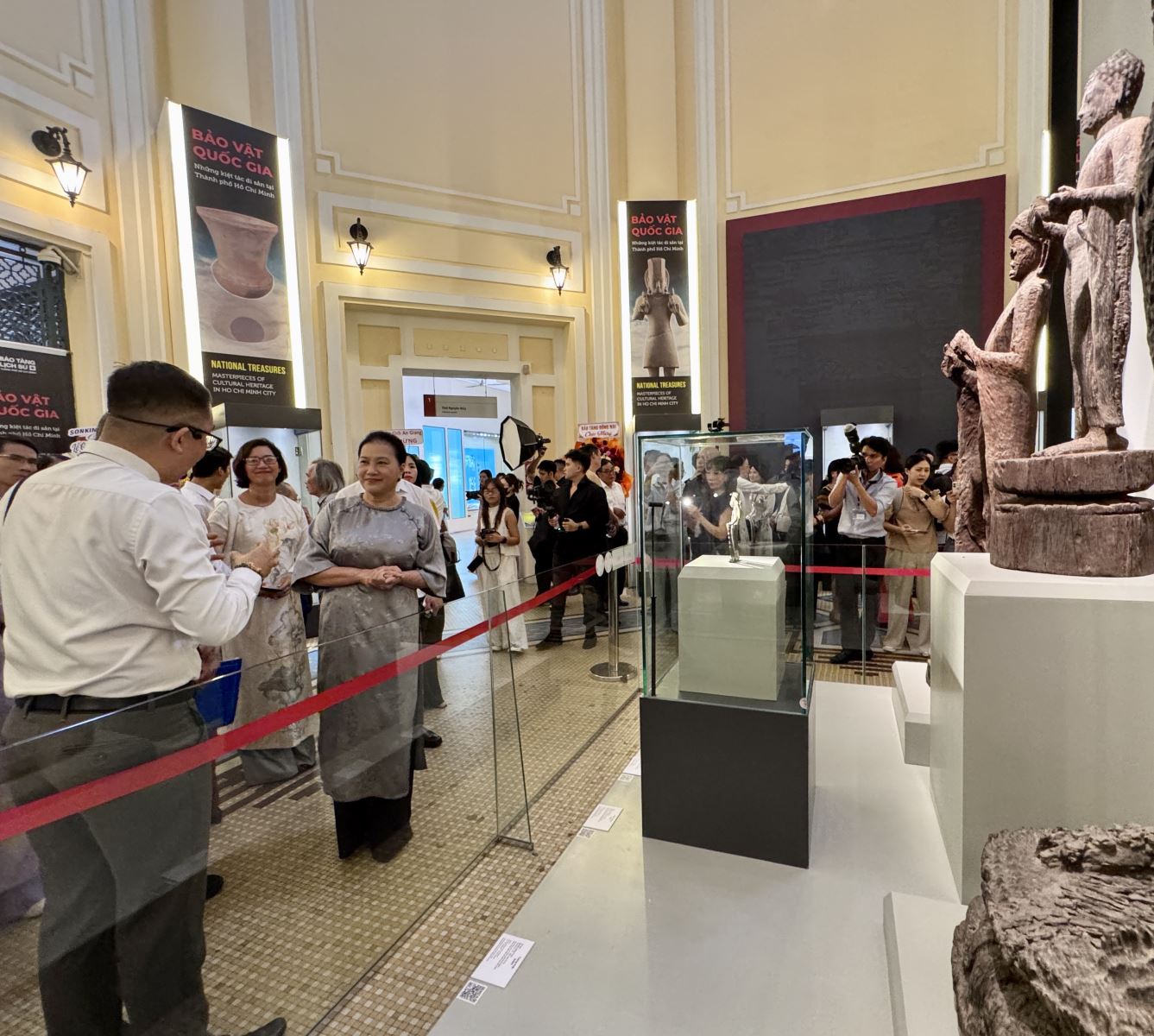
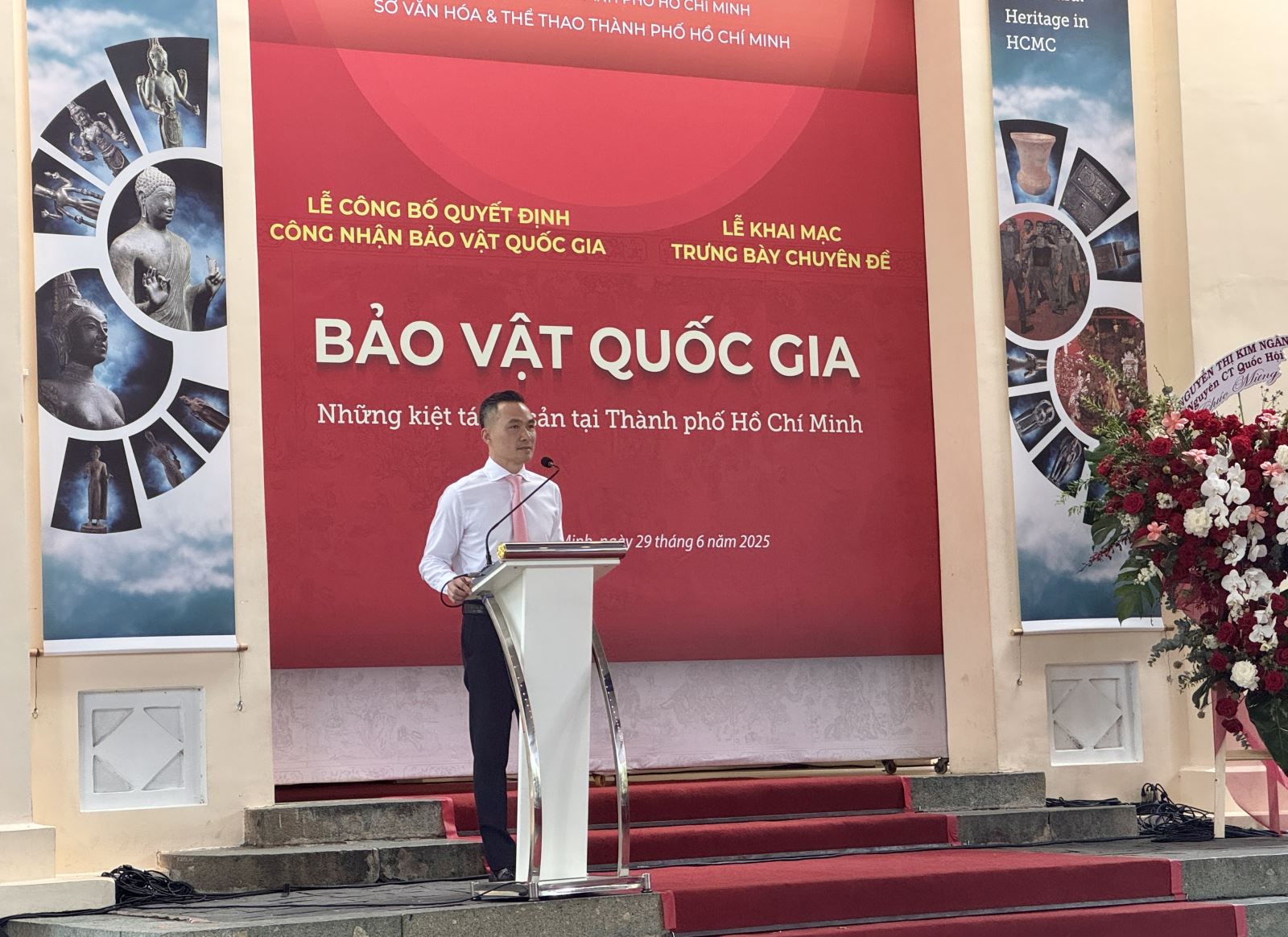

![[Photo] Cat Ba - Green island paradise](/_next/image?url=https%3A%2F%2Fvphoto.vietnam.vn%2Fthumb%2F1200x675%2Fvietnam%2Fresource%2FIMAGE%2F2025%2F12%2F04%2F1764821844074_ndo_br_1-dcbthienduongxanh638-jpg.webp&w=3840&q=75)






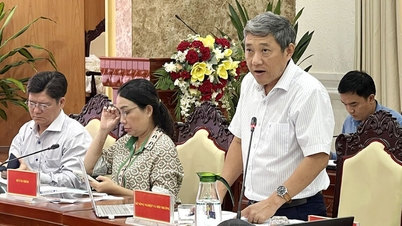

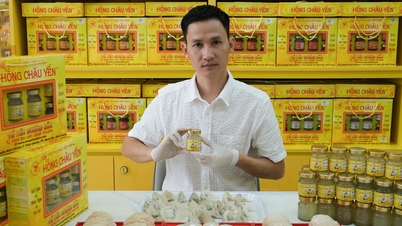
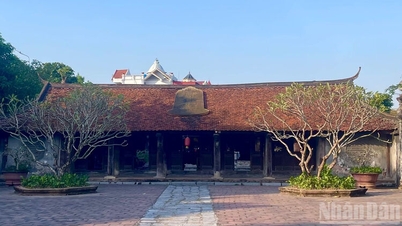





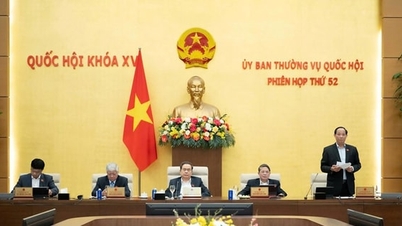


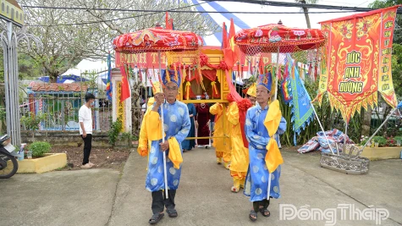




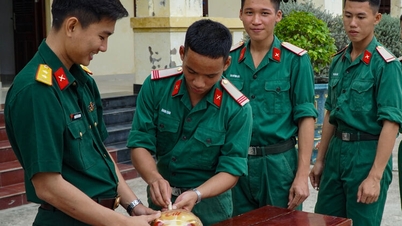


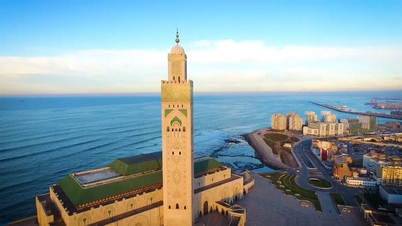

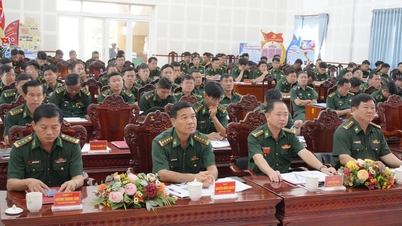

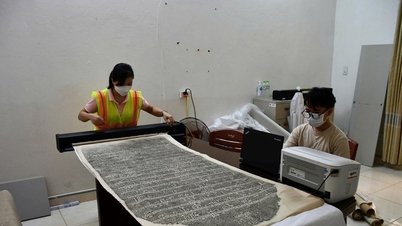

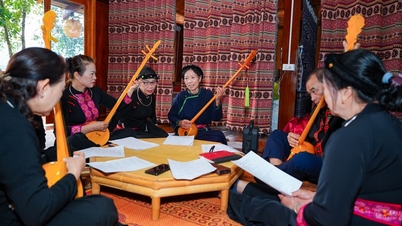



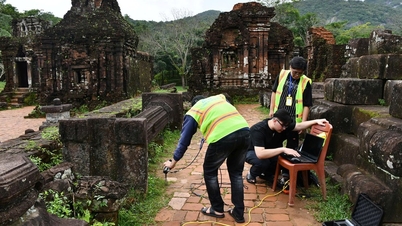
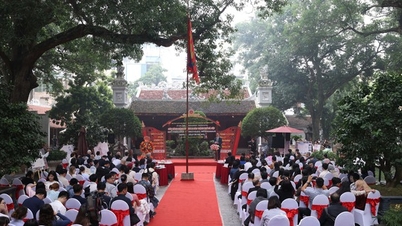


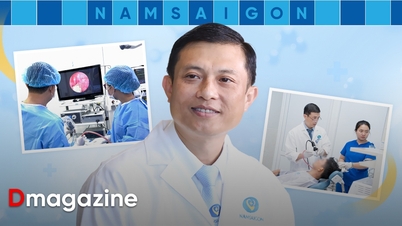

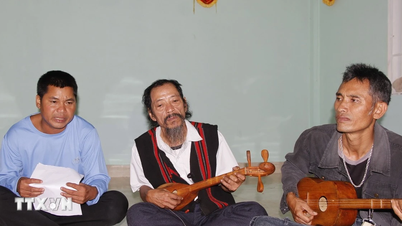

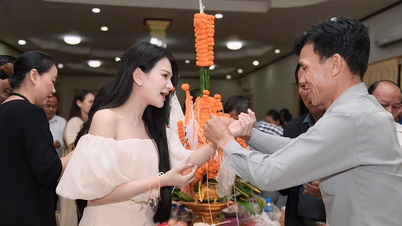

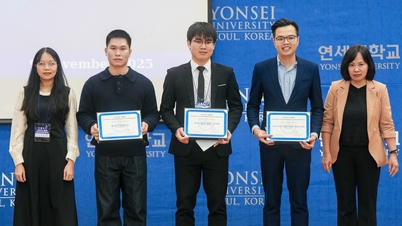

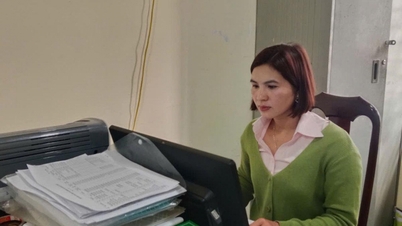

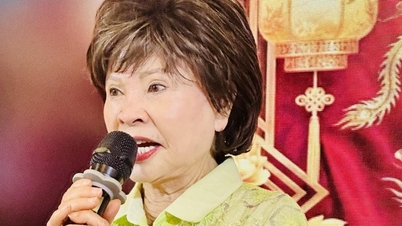

![[VIMC 40 days of lightning speed] Da Nang Port: Unity - Lightning speed - Breakthrough to the finish line](https://vphoto.vietnam.vn/thumb/402x226/vietnam/resource/IMAGE/2025/12/04/1764833540882_cdn_4-12-25.jpeg)

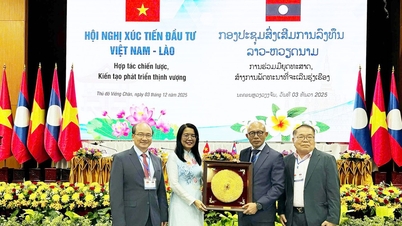
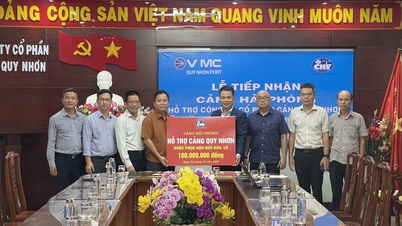
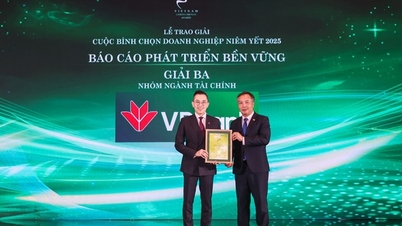

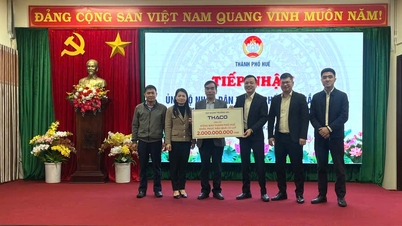













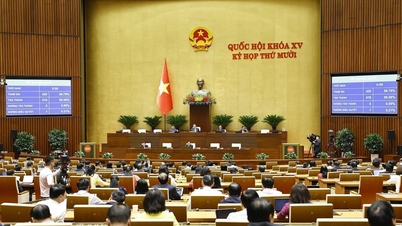

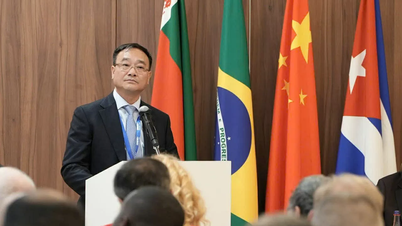




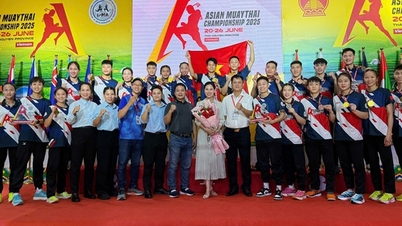

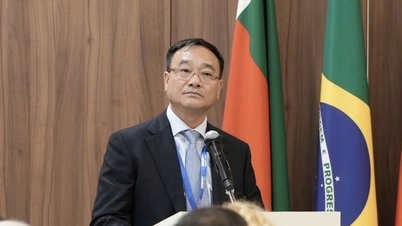
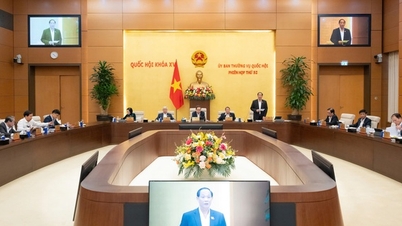

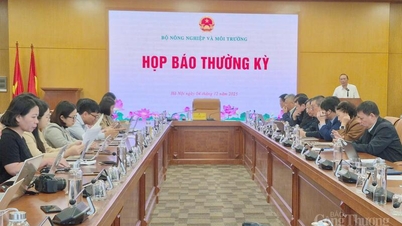



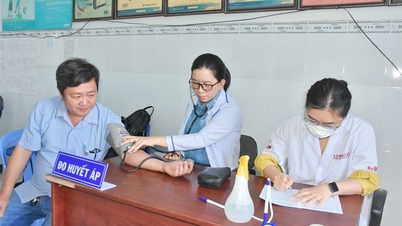

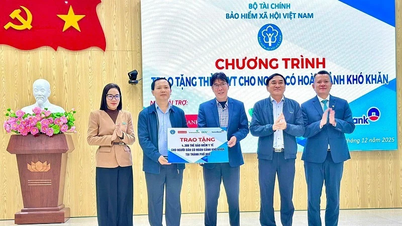

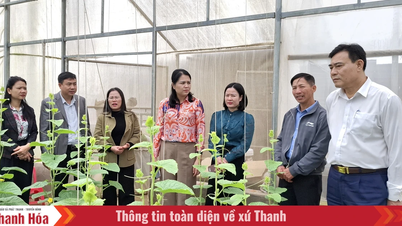














Comment (0)